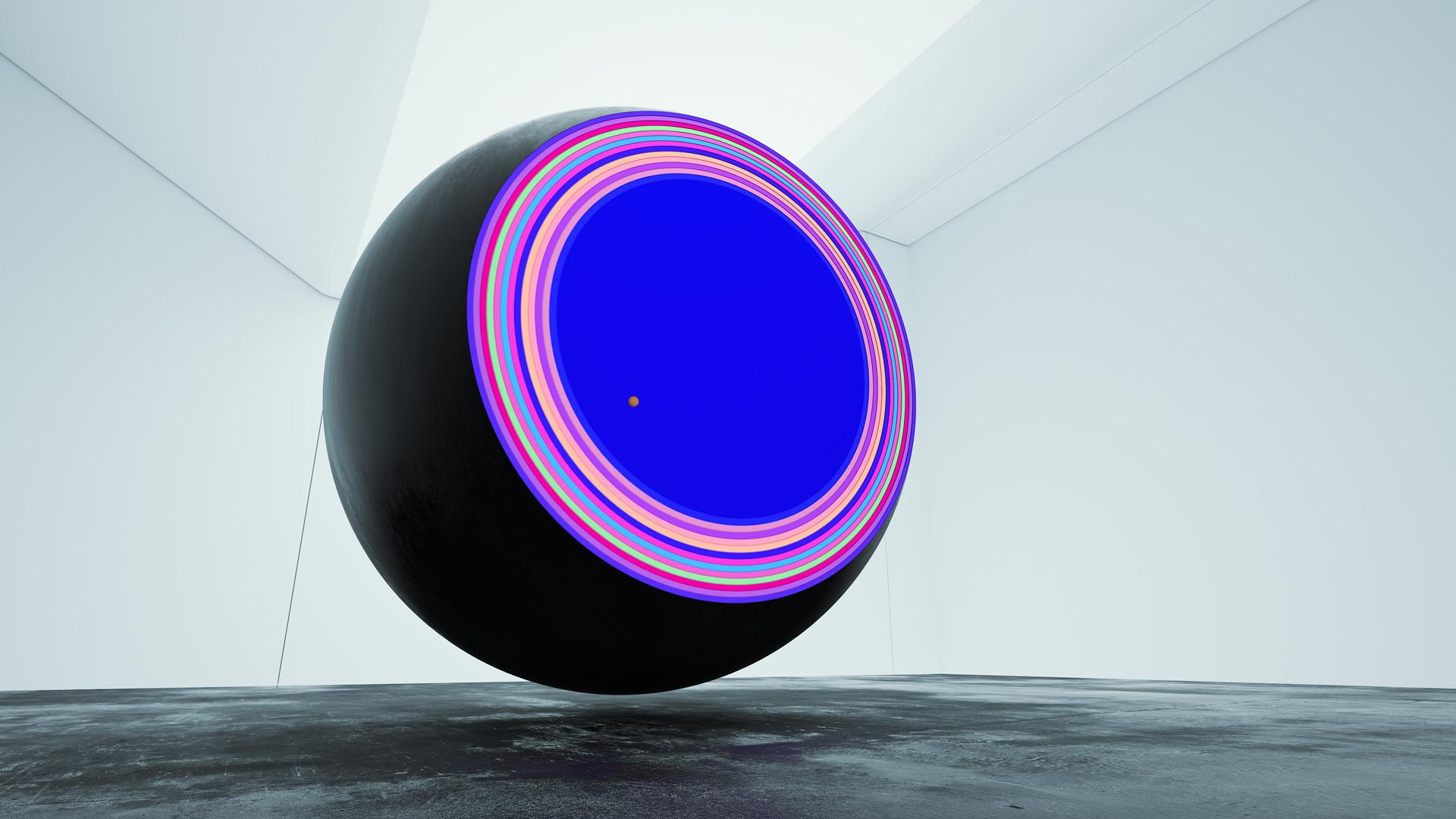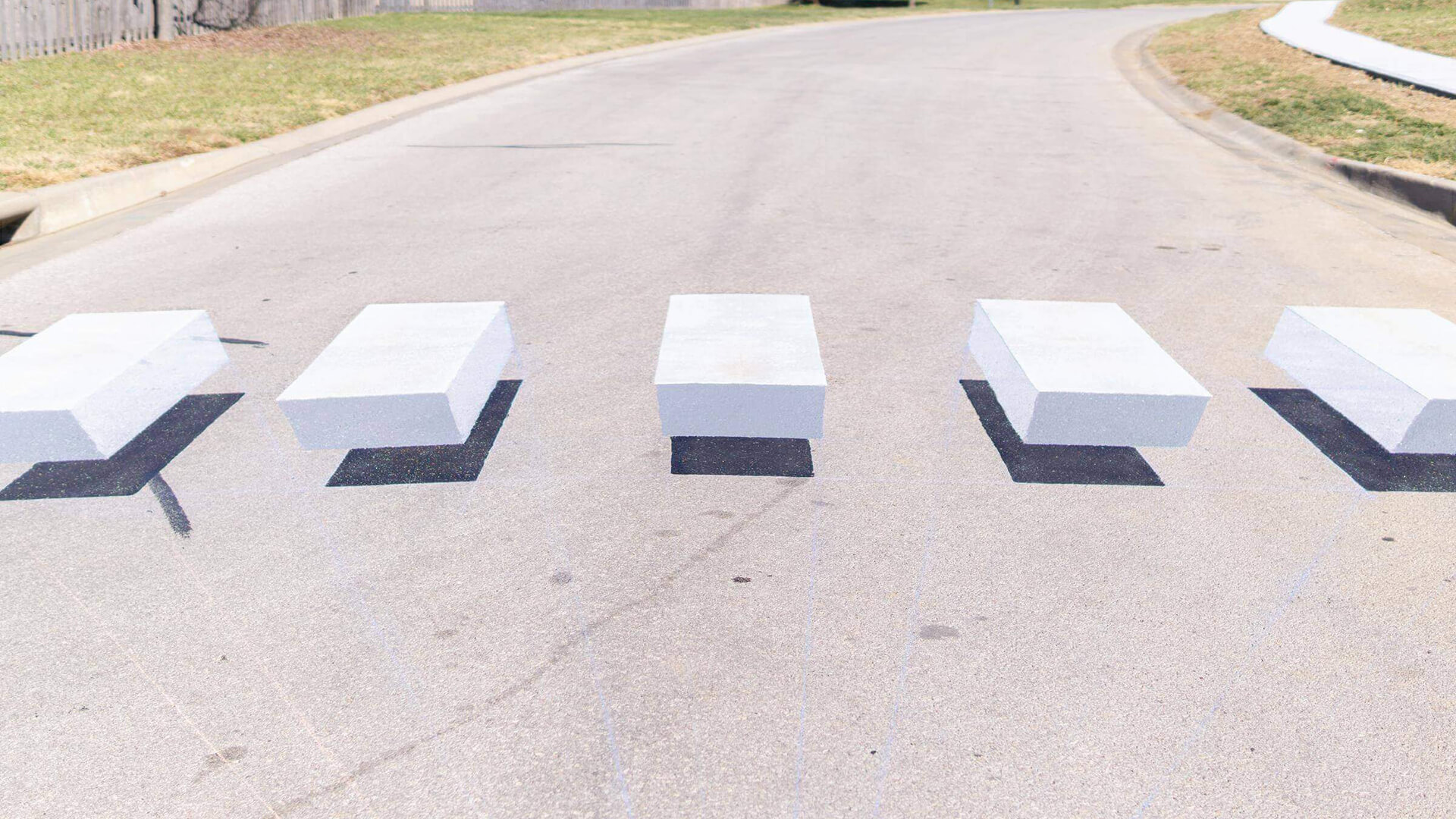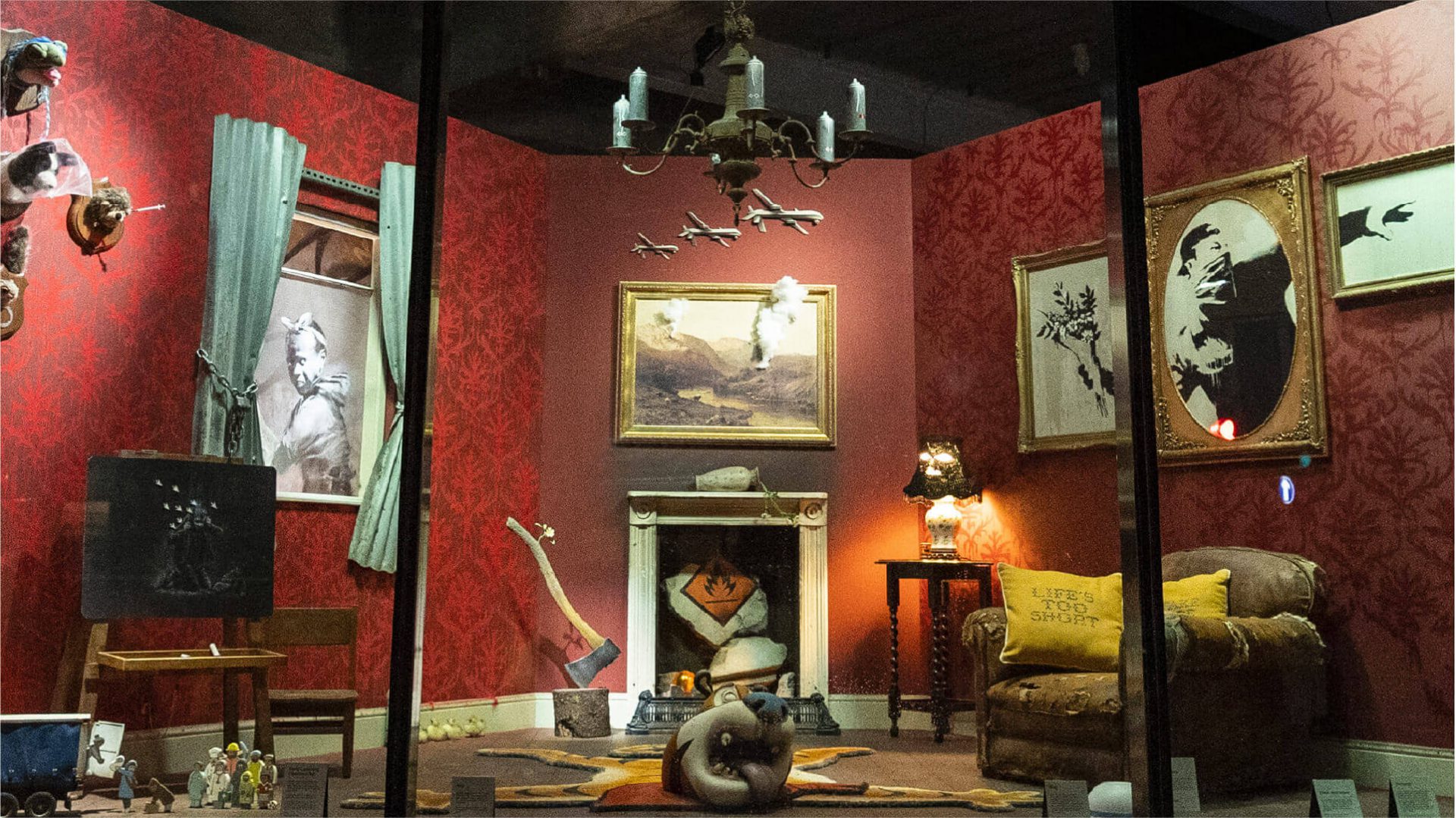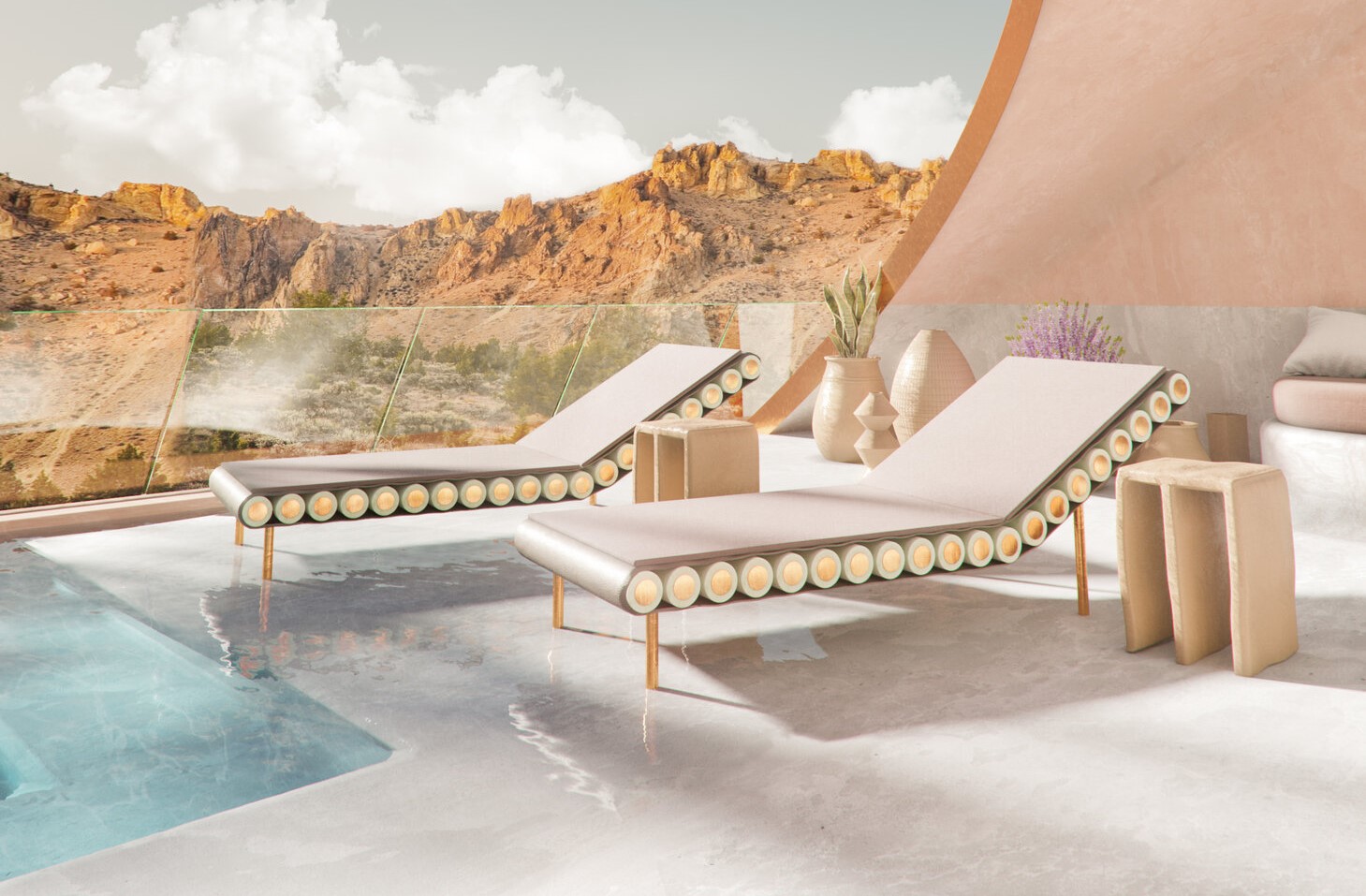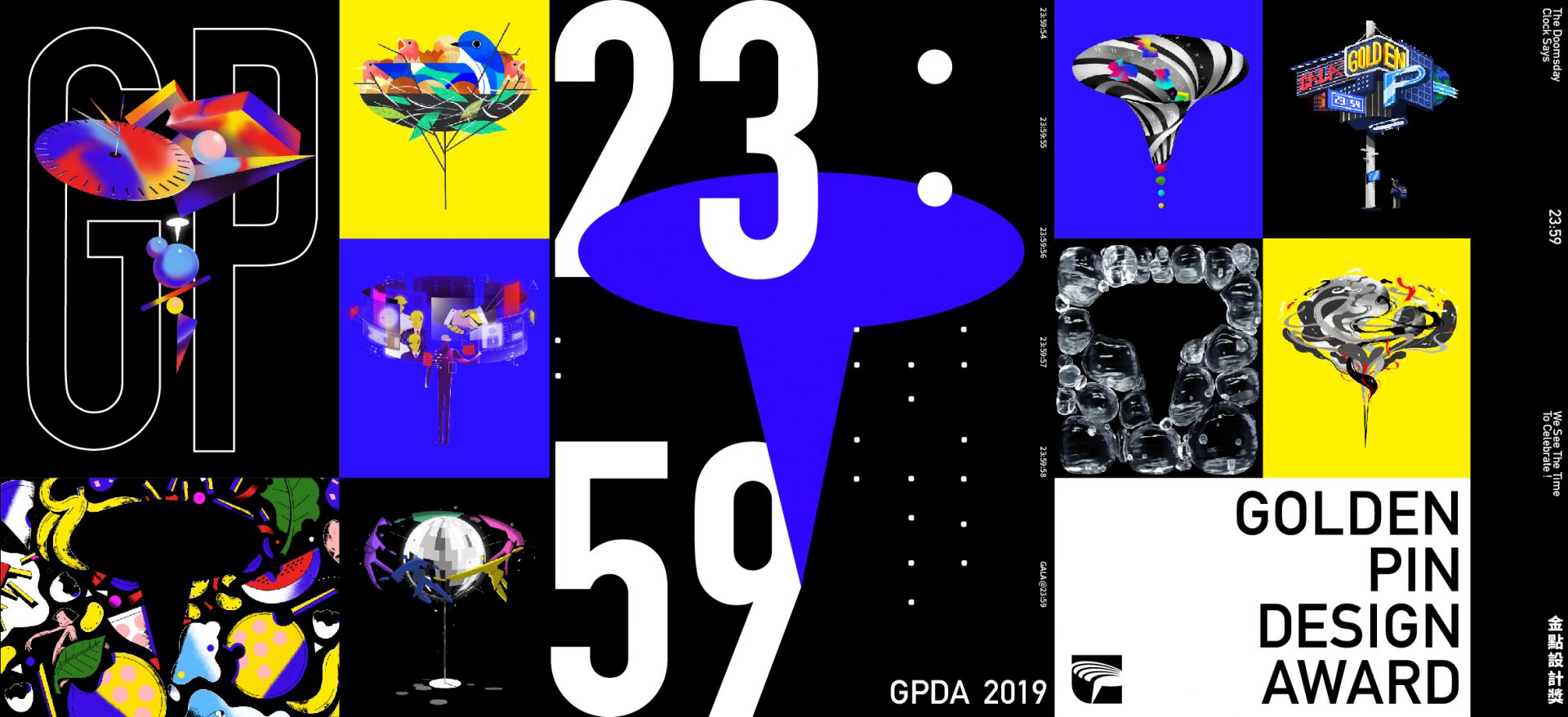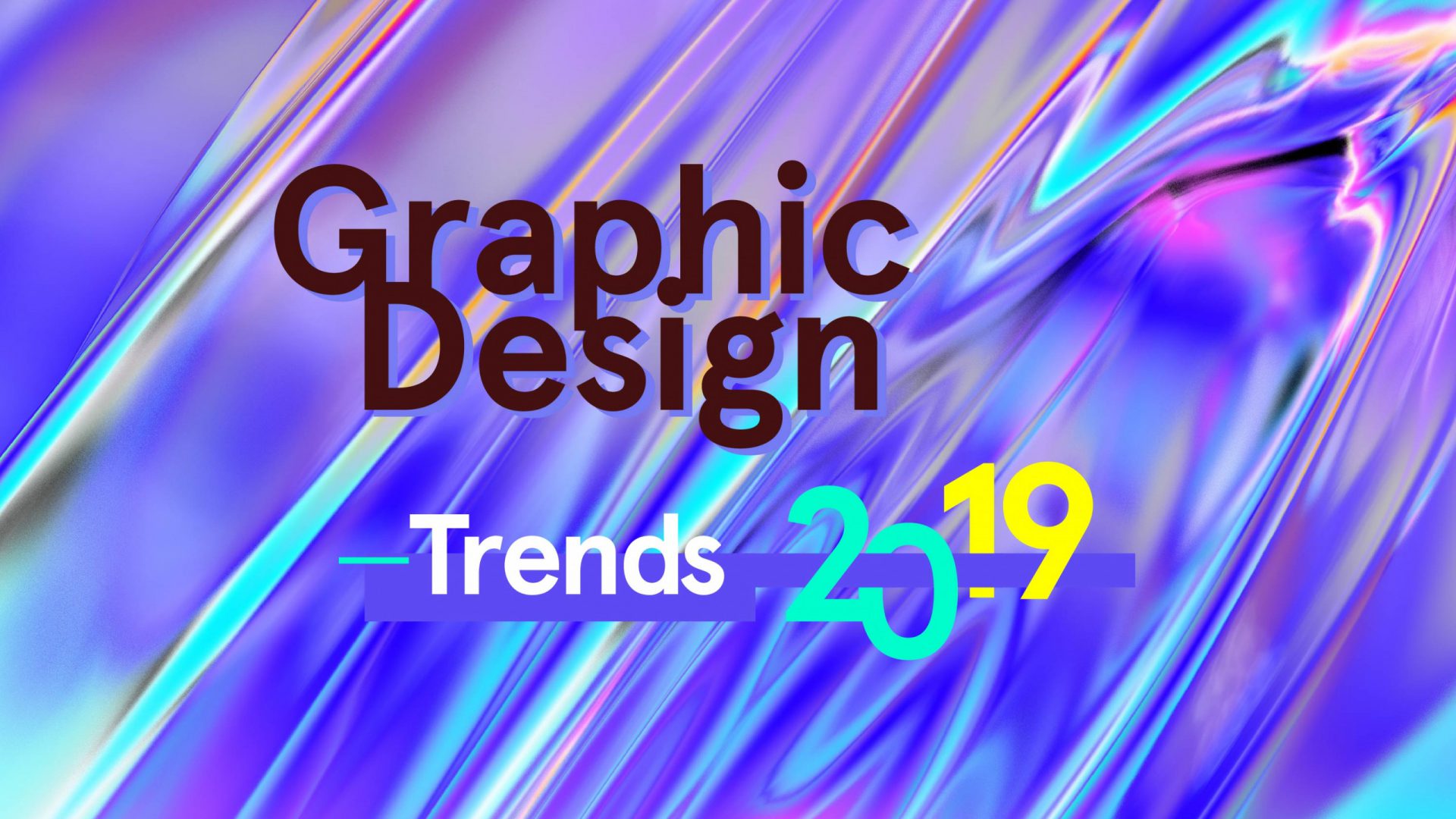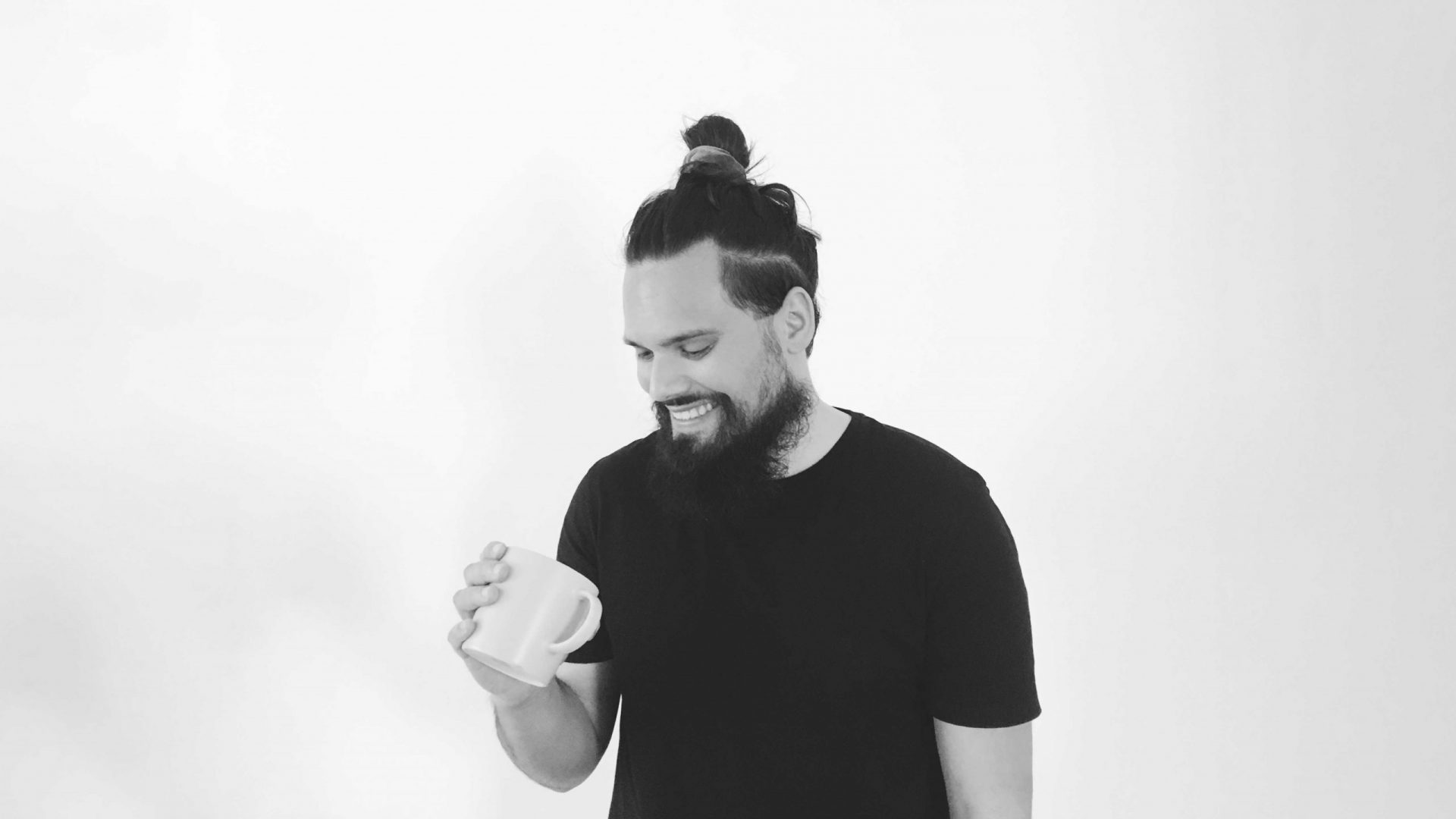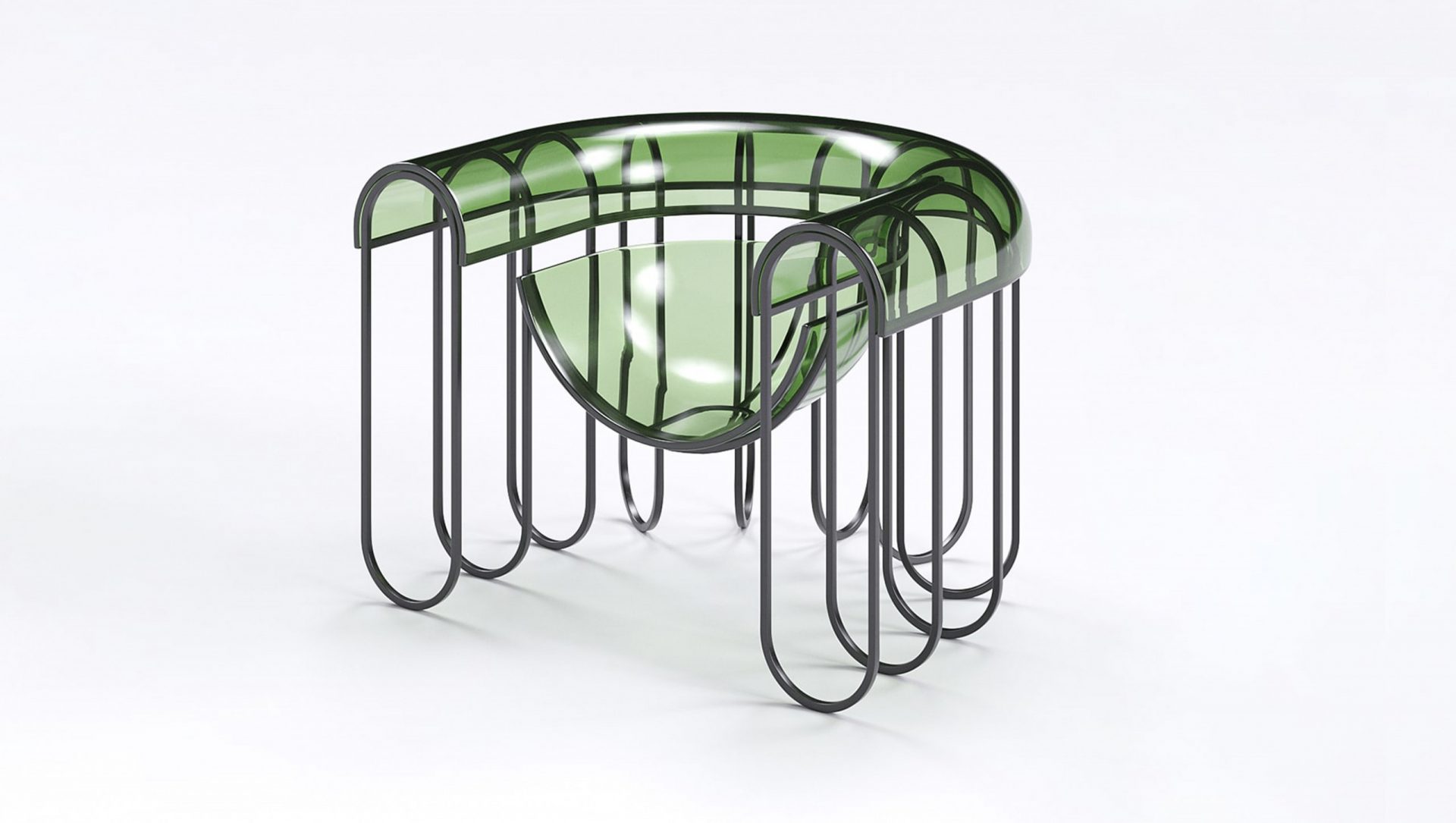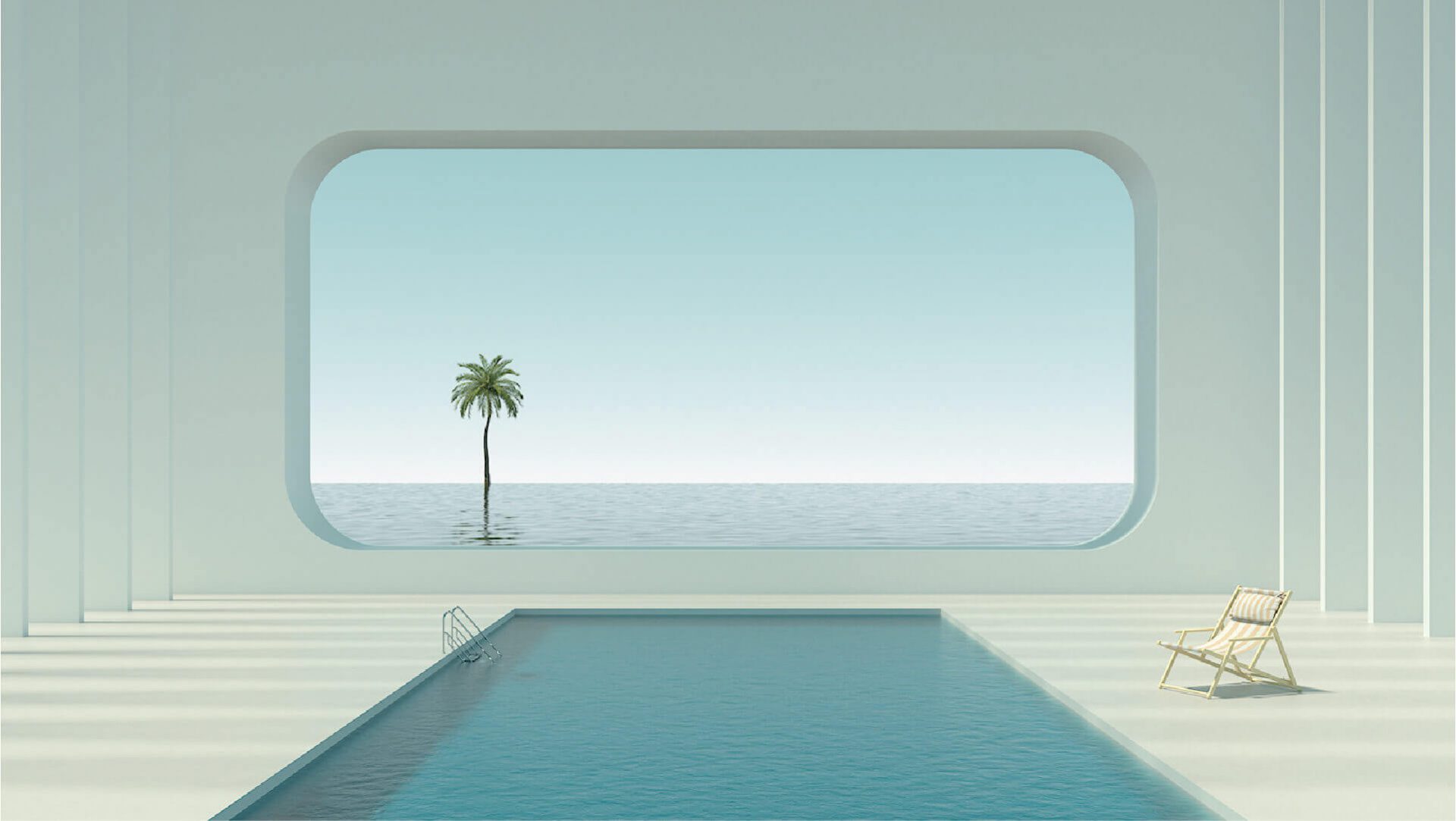Maxim Zhestkov’s enchanting odyssey to outlandish worlds
Russian media artist and director, Maxim Zhestkov, creates seductive and mesmerizing art films that stimulate our senses and play with our perception of reality.
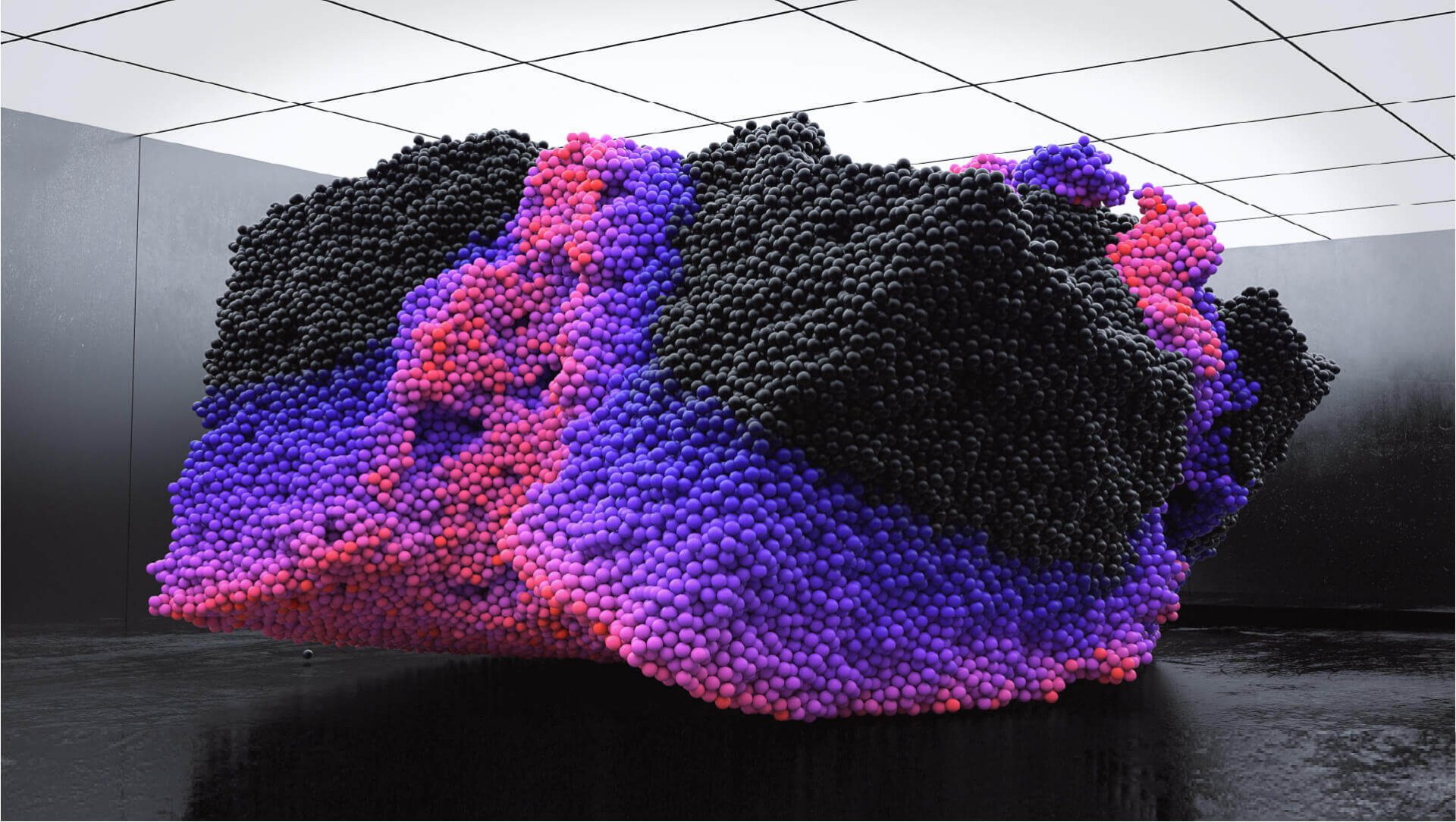
When you feel like escaping from reality, imagination and fantasy can take you very far, but Maxim Zhestkov’s digital animations can take you even further. Mesmerizing and seductive, these are the words that describe the work of this Russian media artist and director who focuses on the influence of digital media and shifts the boundaries of visual language through his extraordinary landscapes that perfectly mix digital design, animation, and storytelling.
Zhestkov’s fascination with art, physics, and computers led him to study architecture, a field that inspires him constantly and is referenced throughout his work. But despite his love for architecture, visual arts and computer graphics, his main source of inspiration comes from nature. By combining art, design, and technology, Maxim is able to create incredible digital environments that echo nature’s most delightful phenomena while playing with our perception of reality. These otherworldly terrains are both familiar yet completely outlandish creating a juxtaposition that not only draws you in but allows you to leave this world in a state of pure fascination and relaxation.
In the form of art films, Maxim’s work illustrates a poetic and hypnotic dance between light, color, shapes, and textures that stimulate all of our senses. It is no surprise that his vision and talent have led him to collaborate with brands like Adidas, Google, Adobe, and Samsung to name a few. His constant exploration and questioning of how art is experienced remind us of not only the increased influence of digital media but also the importance of innovation in every aspect of our lives.
Interested in his captivating work, DesignWanted interviewed Maxim Zhestkov to learn more about his art films, both of his ventures, Zhestkov.Studio and Media.Work, and his creative process.
Who is Maxim Zhestkov?
Maxim Zhestkov:
“My work has always been inspired by the primary forces of nature. At first, I was interested in how computer technologies and basic principles of visual arts and design can be used to deconstruct the physical reality we live in and recreate it as a parallel digital universe.
Now I think of my work more as of an exploration that breaks everything down to the smallest elements in order to create a ‘metainstrument’ for making sophisticated but approachable visual statements. I want to explore new technologies and find ways of including them into stories about nature through which we can find new ways of knowing ourselves.”
Why Zhestkov.Studio? Why integrating art with digital animation?
Maxim Zhestkov:
“My journey began in childhood when I got my first computer. I was fascinated by the possibilities of visualization that I discovered through this device and got into drawing digital illustrations. My other interest was playing video games, and that’s where I learned that you can be a creator of your own worlds.
It all continued at university where I studied architecture and graphic design. As I learned about the principles of composition and color theory, I wanted to use this knowledge in working with computer graphics, where any limitations of the physical world can be overcome.
I think that my ultimate goal is to create a universal visual language that combines design, architecture, and computer graphics. This is why our design studio Media.Work is integrating new media into our workflow. We are going to not just transform the world of visual art, but to create more experimental concepts, apps, and games to expand our universe of ideas.”
Your works are extremely intriguing and visionary. Can you take us through the process of creation from the initial idea to the final outcome?
Maxim Zhestkov:
“The process is a dialogue between my curiosity and computer simulations. The usual pattern of thinking and working on a project is setting an idea. The first step could be a loose sketch or an abstract idea which later transforms into 3-dimensional structures with millions of particles that I use as main actors for my projects.
The main software tool for my art films is —this program allows artists to create realistic digital environments that follow the laws of physics, and it is possible to simulate billions of elements / small particles there. Other parts of my workflow are Redshift render and Adobe After Effects.
The time needed for each film changes from project to project, but usually, it takes 3-4 months to produce one art film.”

What other designers you are inspired or influenced by? What other fields and inputs outside of the design world provide you inspiration?
Maxim Zhestkov:
“More often than not, my inspiration comes from outside of the design world. First of all, I think architecture is one of the biggest sources of inspiration for me. I studied architecture at university for 3 years, and I think my creative way of thinking was developed in this period. Architecture still remains an important part of my work, and you can see meticulously planned interiors and spaces in any artwork I create.
However, though I love visual arts, computer graphics, and technology, the main inspirational force for me is nature and its behavior. It is fascinating how structures could be assembled by themselves, following the basic underlying rules of our world. Any material, including living matter, forms using the same set of rules, and I think that this is something that we take for granted, but it is truly astonishing when you think about it.”
What are the major challenges and struggles of your design process?
Maxim Zhestkov:
“We work with complex simulations – it’s always an unknown territory. You can imagine one scenario but the digital matter will behave in a different way, and it could take hours of polishing and fixing a digital scene to get what you want. As a creator can only set rules for a digital system, which it then interprets, you always start a dialogue with the unknown when producing your digital work. This can be really inconvenient, but at the same time, it gives you space for experimentation, when you can get the results you did not expect before.”
In your opinion, in the digital media world, what other opportunities will animation offer?
Maxim Zhestkov:
“In our world, where everyone has a device, with animation you can create an artwork that the whole world can see. With the rise of AR technologies, those works can also be integrated into any place where the viewers are. It means that you can create a sculpture that can be downloaded from the cloud, and, moreover, it can be interactive, so the viewer becomes your co-creator.
The same goes for VR — you create a world for people to explore and, given creative freedom in this parallel reality, they can express themselves through your artwork. I think that this concept of an open and collaborative environment is what will define the future of animation, alongside the development of AI, which will also change a lot about how we communicate with the world around us.”

If you had the chance to curate an entire exhibition of Maxim Zhestkov’s works, what would it be and how would it look like?
Maxim Zhestkov:
“As a lot of my art projects are based in spaces that are no less important than the objects within them, the best way to exhibit my works would be immersive VR spaces. Also, some of the things that I create do not yet exist in our physical world, and my practice is centered around building the alternative universes and speculating about how nature can evolve, so unlimited possibilities of VR would definitely be a perfect fit for my exhibition.”
What are you currently working on? And what is the next step for Maxim Zhestkov?
Maxim Zhestkov:
“The next step for me is to evolve as an artist by giving a viewer more autonomy and creative freedom. I want to create worlds with active participants, rather than artworks for passive perception. That is why I plan to dive into game development and research mechanics that allow me to tell a story in a captivating way, but, at the same time, give players the freedom to explore whatever they want inside this parallel world with its own rules.”





